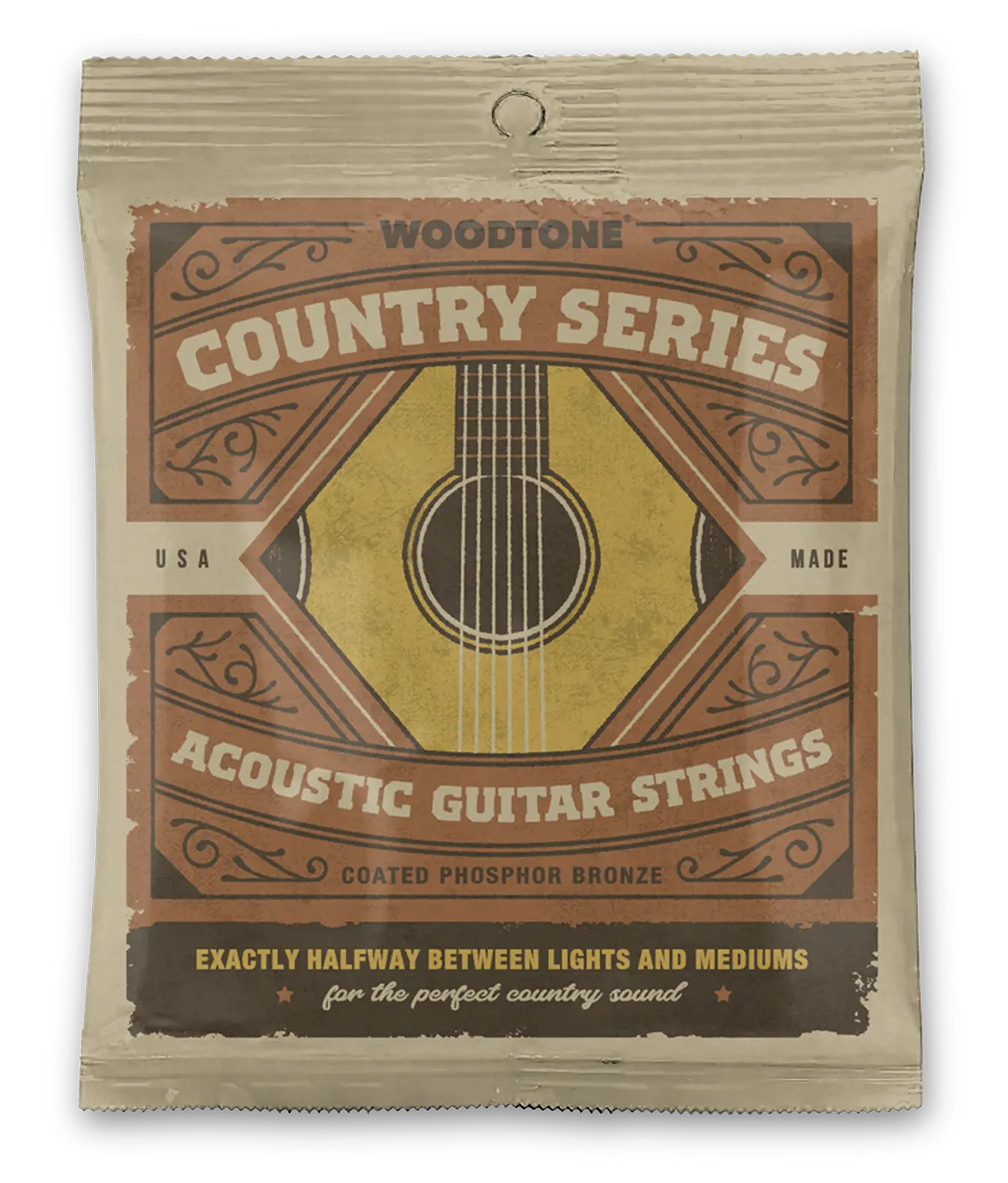String Tension
When we talk about string gauge, we’re referring to the overall thickness of a string. But it’s the tension of the string that really affects how it feels and sounds compared to the others.

So, what controls string tension? It comes down to something called the core-to-wrap ratio. Let’s use a typical set of guitar strings to explain. On most guitars, the low E, A, D, and G strings are made up of two parts: a solid inner wire (called the core) and a second wire that wraps around it. The core is usually made from high-carbon steel, and the outer wrap is wound tightly around that core. The core-to-wrap ratio is simply how thick the core wire is compared to the wrap wire.
Let's break this down...
Gauge is the measurement of a string’s outer diameter. For example, a low E string with a gauge of 0.056 means the string measures 0.056 inches across from edge to edge.
String gauge = (core thickness) + (2 × wrap thickness)
By changing the thickness of the core and wrap wires, you change the core-to-wrap ratio—which directly influences the string’s tension.
- ★ A thicker core paired with a thinner wrap results in higher string tension.
- ★ A thinner core with a thicker wrap gives you lower string tension.
Why does string tension matter?
- ★ Lower tension strings often lead to smoother playability and improved action. They also reduce stress on your guitar’s frets and neck—great news for those with premium or vintage instruments.
- ★ Medium to higher tension strings can add more volume and slightly raise the action, depending on your setup.
In our experience, most players lean toward lower tension strings—they're easier on the fingers and offer a nice, even tone across the board.
About Our Strings
At Woodtone, we carefully design our strings so that each one has just the right amount of tension. That way, you get consistent downward pressure across all strings, balanced volume from string to string, and the perfect mix of tone and feel.

